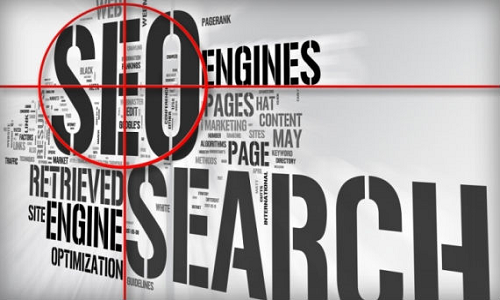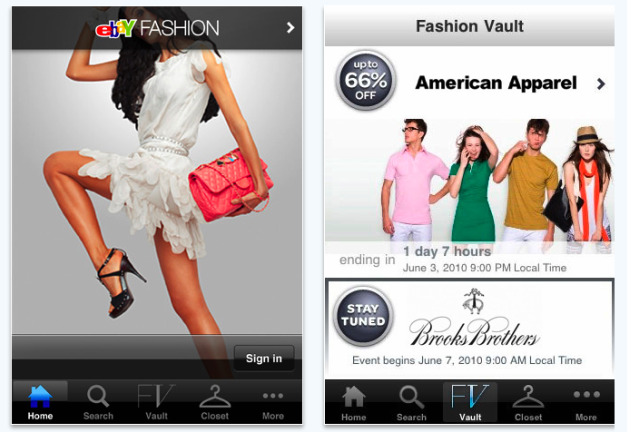Here is a topic that can be somewhat controversial. Using someone else’s content to make money online, build a readership and grow your business. Bloggers, Webmasters, News stations, Newspapers and Affiliates do it all the time by using other people’s images, videos and some scrape pieces of content or quotes to add relevance. What would you consider being ok and where do you draw the line? Below are three examples of common ways other people use content that they did not create to grow their businesses and when it may or may not be ok.
1. Photos
Many people use the creative commons at Flickr for photos for their sites. Many of the Photographers give the rights away to their photos, as long as you credit them and follow their guidelines about usage, etc… Unfortunately some people will take their artwork and change one small thing and then call it their own. Using the photos how they have been labeled free to use with restrictions and following those guidelines seems ok to me because the Photographer gave instructions on how and when you can use it. Claiming someone else’s work for your own because you made a small change to me seems wrong and you should be working on creating your own original work without having to steal from someone else.
2. Copy
Scraping an entire article from someone’s site to me is 100% wrong. Even if you source it and give them a link back. Taking their article, spinning it and claiming it as your own is also not a good thing to do and in my opinion is also wrong, even if you give them credit for the original article. Using paragraphs can also be tricky.
You are probably taking the most important parts of their topics and using it to give your site credibility. If you source where you got the quotes and link back, I would think that should be ok, as long as the website says in writing that you are welcome to use parts of their content and copy and you follow their notes on how to give them credit for using it.
Using a quote from another site doesn’t seem to bad if you are sourcing something on your site. As long as you provide them with a backlink to the quote, I don’t think there is any harm done. Unless the only copy in the main body of the page is a quote, I don’t think it is a bad thing and it helps the person who wrote that article gain credibility as an author.
3. Video
This is one where it depends on the person who created the video. On YouTube for example, you are able to embed, use and feature other people’s videos on your own site if they’ve given permission. If the person does give permission, then these backlinks, extra views, etc… are able to help with their Video SEO. If they are using Adsense or other forms of monetization that YouTube provides, and you don’t block them, you are now also helping them to make money. When you use tools like Viewbix.com (There is a free version of Viewbix click get started and try the free one after clicking the link above), you are able to use your own copy or videos or you can pull other ones from people who have given permission. By using their videos, you can add value to your site and make money with the videos while giving them exposure, their video channels exposure and if they have monetization on in YouTube, their ads can continue to run and you’ll be helping to make them more money while you are using Viewbix to grow your site and your revenue.
People talk about protecting their content and copy and some people say no, you cannot use my content anywhere. I think the correct question should be, how and where do you want to use my content. If you own or produce content online, you should clearly define how you want it to be used and what the restrictions are. You should also watermark it and protect it if you don’t want other’s to take it. Unfortunately there will always be people who will take and use your content, but at the same time, if you tell them how or when they can use it, then they will usually respect your wishes and you can get backlinks for SEO as well as build your own readership, audience and credibility. As a quick heads up, these are just my opinions and I am not a lawyer. If you have any legal questions about using or protecting your content, you should contact a legal professional.






















